
With the demise of the Kelly Gang in Victoria 1880, and the end of the Governor brothers in New South Wales in 1900, our bushranger history should have been at an end.
However, it was not until 1902 in Queensland, with the capture of the Kenniff brothers, that things really started to settle down. Today’s explorers can follow in the tracks of these last bushrangers to sites covering vast distances of Queensland. The story, however, has its beginnings in a remote and scenic corner of New South Wales.
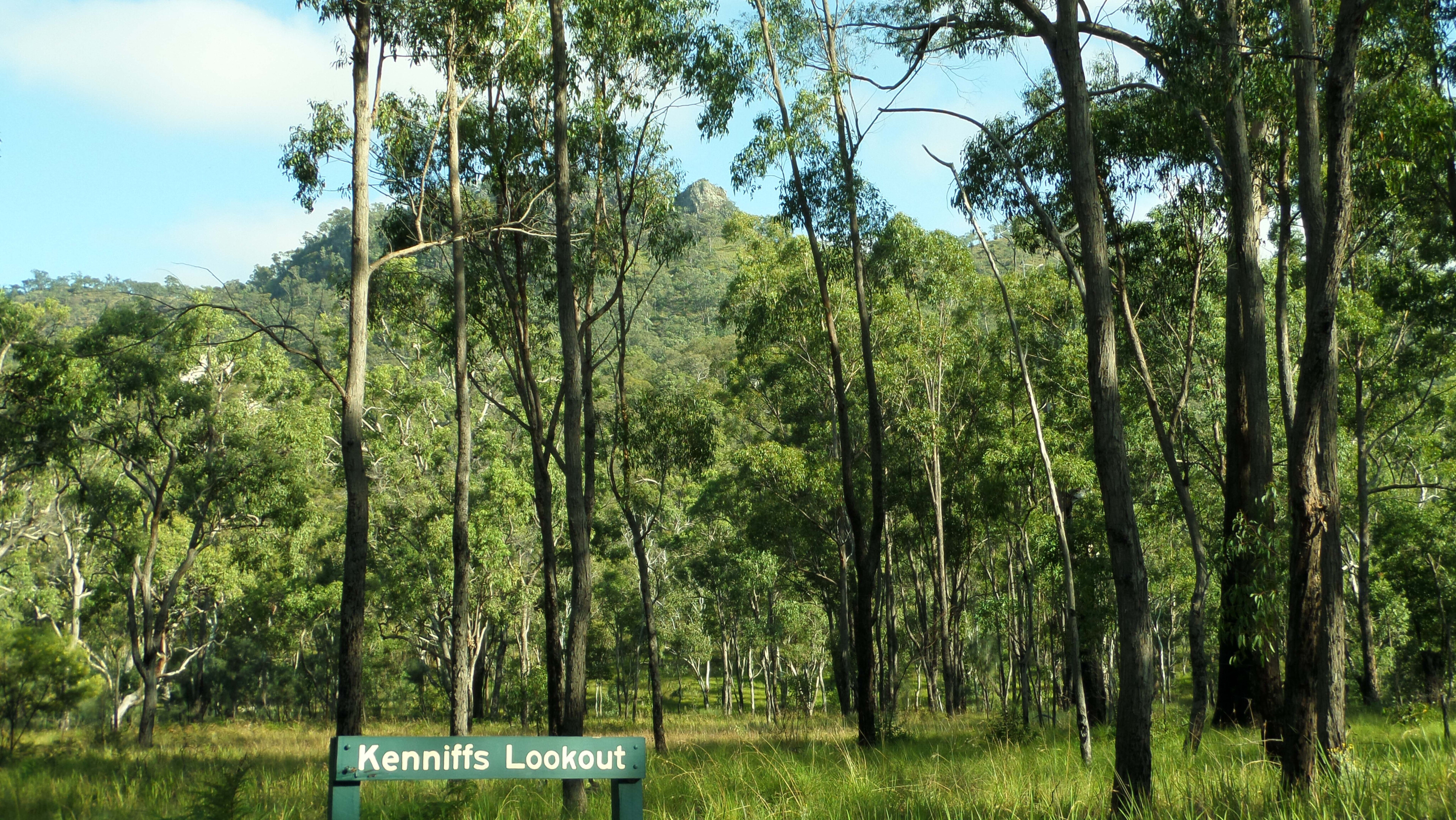
NSW: Early crimes, 1880s
Patrick Kenniff was born at Main Creek near Dungog, NSW in 1863 while his brother James was born in 1870 near Casino.
As a teenager Patrick was in trouble with the law for rounding up stray cattle. As the brothers grew older their crimes increased and gaol times were frequent. Their father, old James Kenniff, decided it was time to escape the suspicions that the family had attracted in the Northern Rivers area and to clear out to Central Queensland.
Main Creek today is the gateway to the scenic attractions of the East Chichester Forests and the lower section of Barrington Tops National Park. Free riverside camping areas are located at Frying Pan, Coachwood, Telegherry and the 4x4-access-only Currawong. Easy family walking tracks and remote driving up towards the Mountaineer trail make for great exploring.
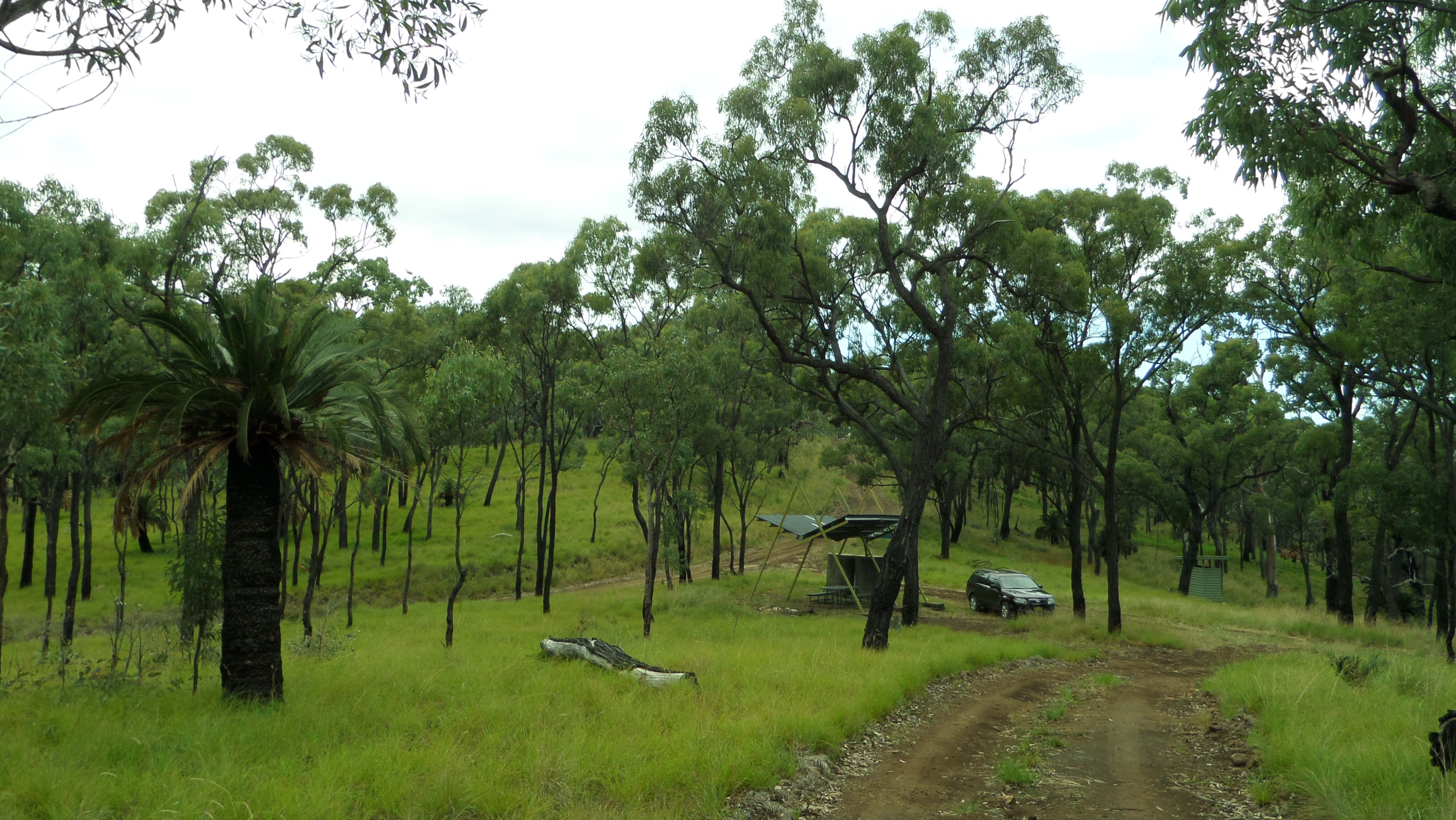
Carnarvon Range: Crimes continue, 1891
The Kenniffs settled on an isolated property near Springsure, north of the Carnarvon sector of the Great Dividing Range.
The temptations to pick up ‘stray’ cattle and horses were too great and the Kenniff reputation began to re-emerge. Again, the family moved on, this time to the south of the range in the region of the Upper Warrego River. The family applied for a lease on a property which was a resumed section of the larger ‘Carnarvon’. The robberies continued.

In 1895, the brothers spent time on St Helena Island for horse stealing. The island prison is in Moreton Bay in Brisbane and a ferry trip today from Manly and tour of the island is highly recommended.
In December 1900 the government established the Upper Warrego Police Station adjacent to the Kenniff’s holdings and by the end of 1901 the family had lost all their land leases and were forced back on the road. The brothers were bitter of the authorities and of their neighbours and turned to unrestricted armed criminal activities.
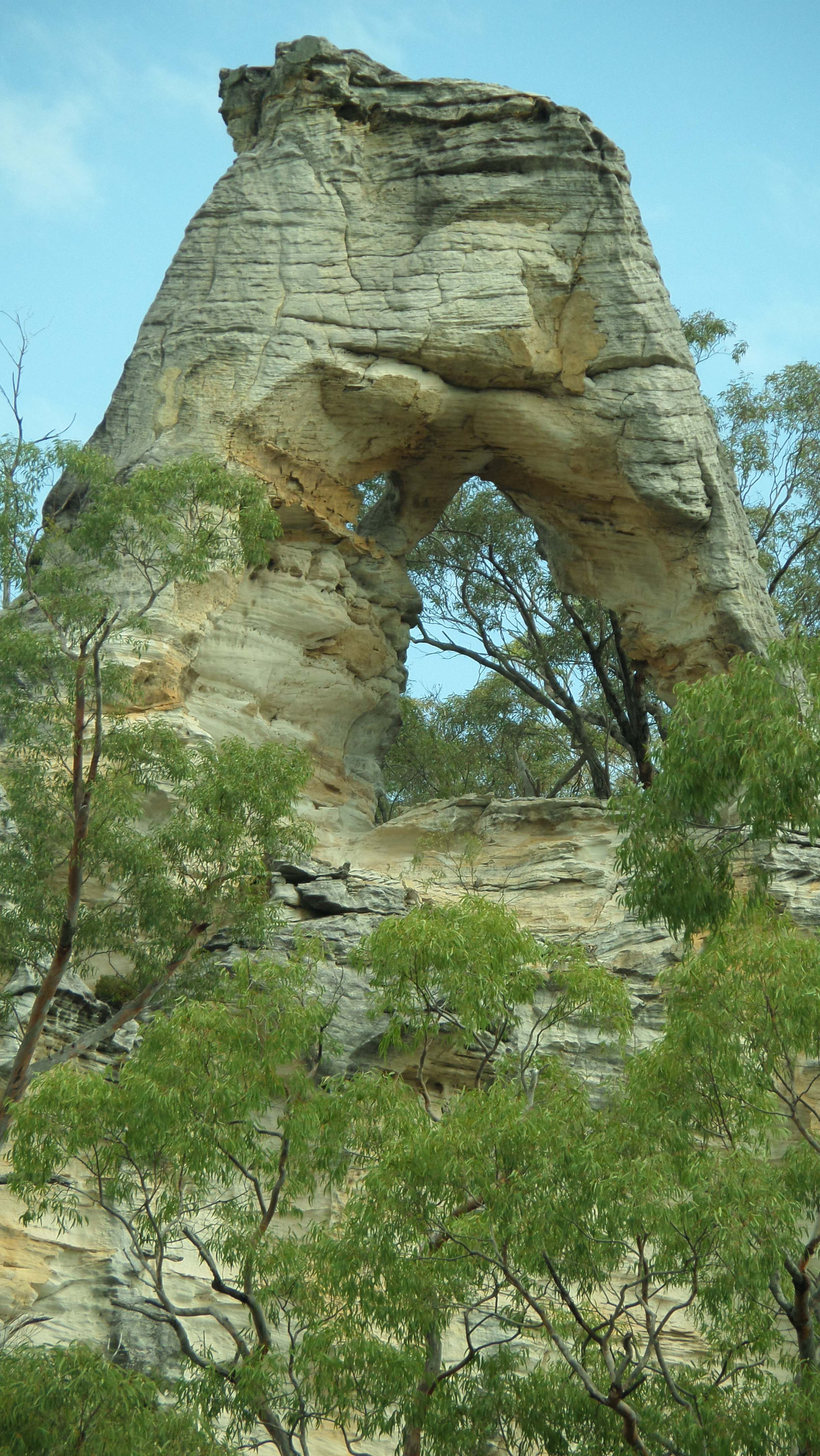
Augathella: Police kept busy in a brand-new century, 1901
Due to its proximity to the Kenniff’s area of operations, Augathella became Kenniff Country, then as well as now. The brothers could slip into the town for relaxation or robbery and sympathetic locals would assist in the criminal activities.
A large signposted coolibah tree on an Augathella street corner is known as the Kenniff Tree. It was here that the brothers tethered their horses to ensure a quick getaway. Today there is a large free camping area with amenities in the centre of town. During this time, the father, James senior, still lived in the ranges in various campsites including Lethbridge’s Pocket.
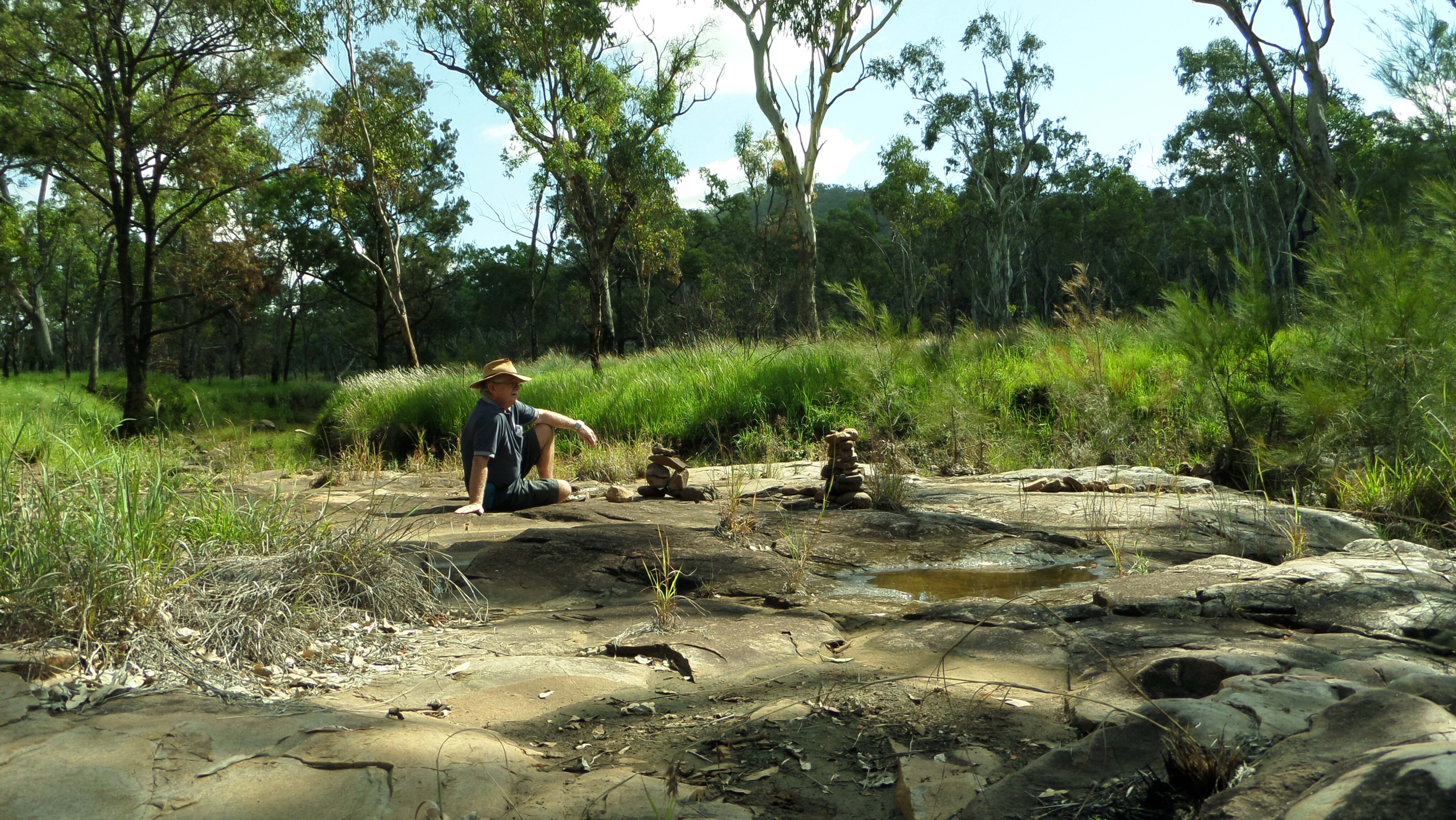
Carnarvon: New challenges, 1901
Albert Dahlke had become manager of Carnarvon Station in late 1899, at the age of 26.
He was appointed by the owners, William Collins and his family who were based at Tamrookum near Beaudesert, far to the east. They expected him to manage efficiently and that meant to stand up to the Kenniffs.
Adding to the Kenniffs’ frustration was the newly established Upper Warrego Police Station, built just 12km south of Carnarvon homestead. The station was staffed by Senior Constable George Doyle, Constable Stephen Millard and Native Tracker Sam Johnson. These were all men who could take care of themselves in the bush.
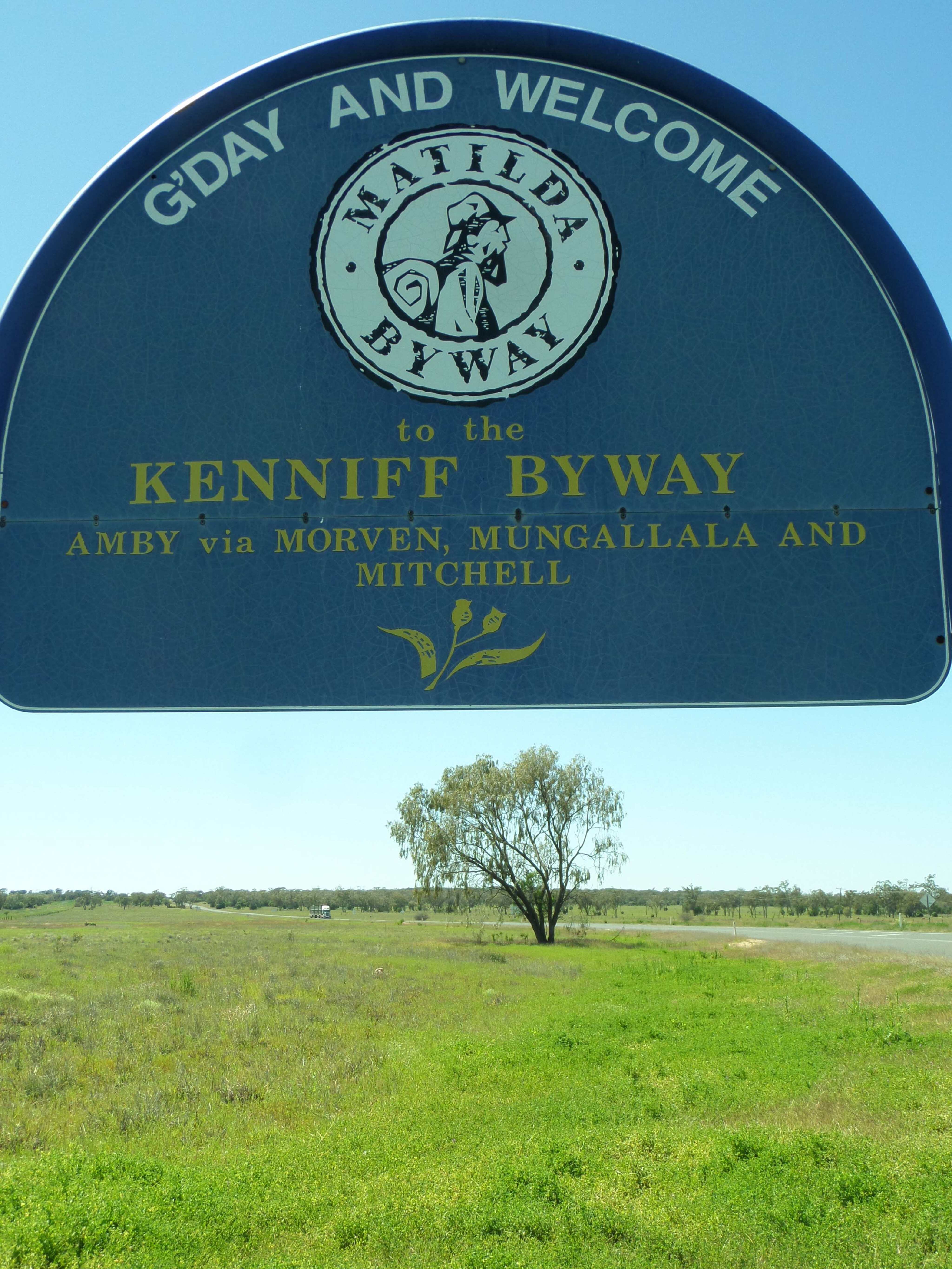
Lethbridge's Pocket: Murder is committed, 30 March 1902
On Good Friday 1902, Senior Constable Doyle rode out from the Upper Warrego station with Tracker Johnson and property manager Albert Dahlke, to apprehend the Kenniffs on warrants of horse stealing.
The patrol camped the night at Mount Moffatt station and learned that the Kenniffs had headed north over the range in the direction of the camp in the isolated enclosed valley of Lethbridge’s Pocket.
The police patrol camped the next night at Marlong Plain ready for an early ride to the Pocket on Easter Sunday morning. Soon after reaching Lethbridge’s Creek, three Kenniff brothers, Pat, James and younger brother Tom were seen coming towards them.
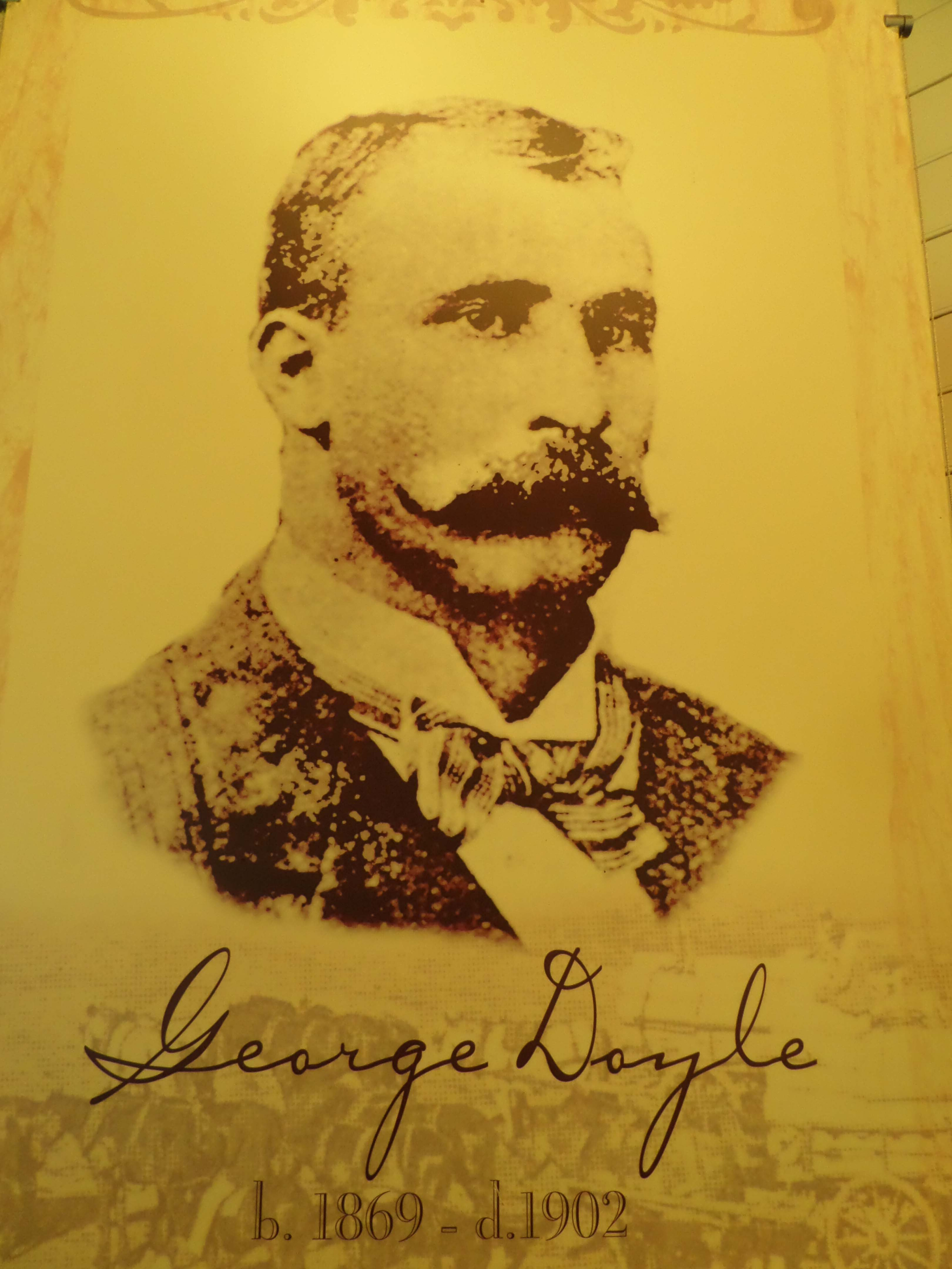
When the brothers saw the patrol, they split up and raced away. Doyle and Dahlke captured and secured James while Tracker Johnson went back to retrieve the patrol’s packhorse.
In the short time that Johnson was absent from the group, he heard five shots fired from the direction of his comrades and then saw Pat and James Kenniff riding towards him. Johnson released the packhorse and escaped into the bush, eventually finding a bush worker named Burke who accompanied the tracker back to the scene of the shooting. They found the packhorse and Dahlke’s horse with blood on the saddle.

The two men left the scene without finding any trace of Doyle or Dahlke, and Johnson reported to Inspector Douglas after an epic 200km ride south to Mitchell.
Today’s access to the remote Mount Moffatt Sector of Carnarvon National Park is via Mitchell (220km) or Injune (160km). The two routes meet at Womblebank, where the road into the park becomes more difficult after rain.
This is spectacular sandstone country and sandy roads can become treacherous. Injune has a very informative Visitor Centre. It is well worth calling in. The round trip via Mitchell and Injune is recommended.
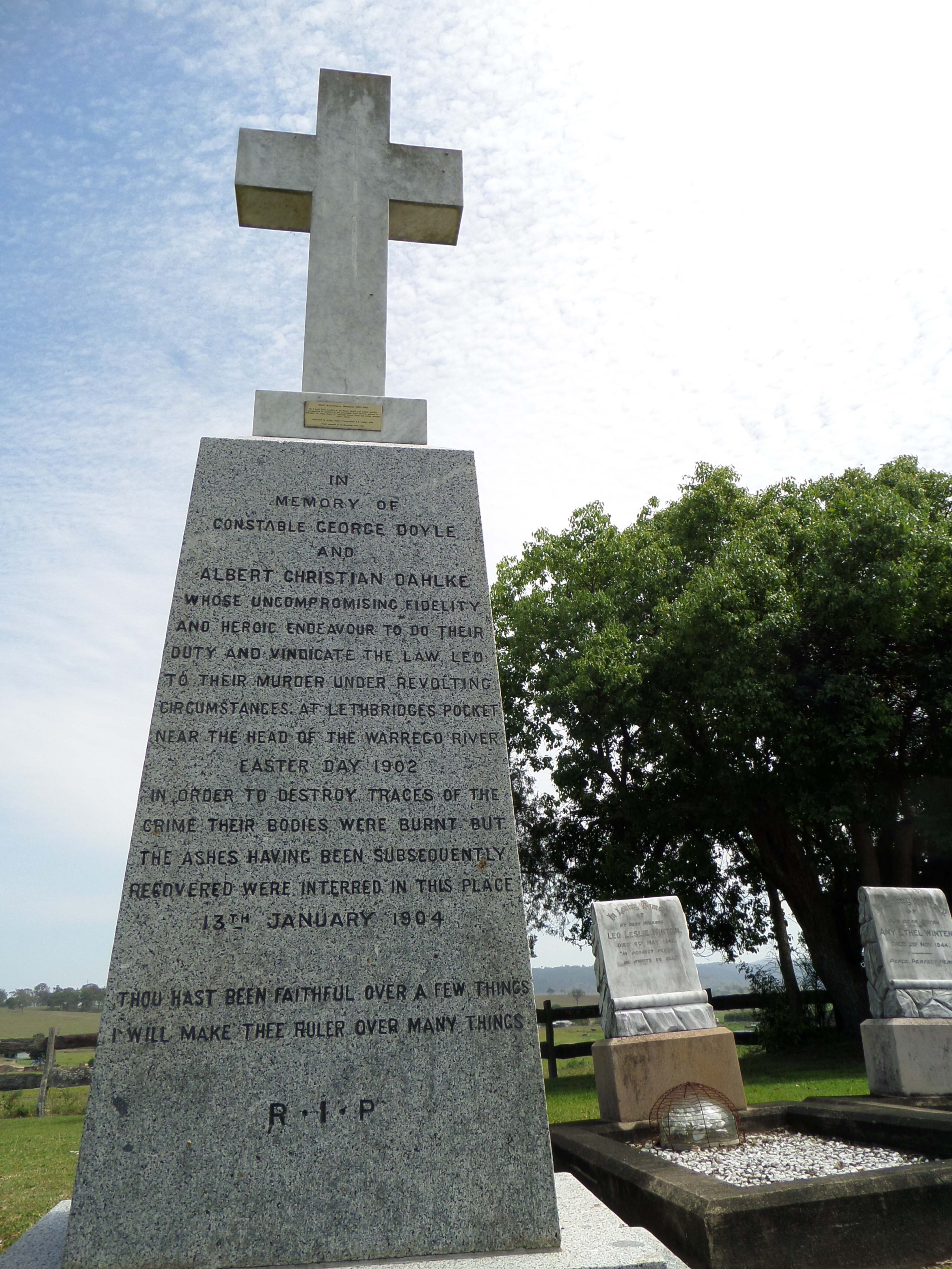
Today’s route into the park is similar to that taken by the police party on that fateful Easter day. The main scenic sandstone features can be seen or walked to along the way.
These include The Looking Glass, Cathedral Rock, The Chimneys, The Tombs, Marlong Arch, Kookaburra Cave, Lots Wife and Marlong Plain. These scenic features would have been familiar to the Kenniffs, but did they appreciate them? Camping areas are located at Dargonelly Rock Hole, West Branch, Rotary Shelter Shed and Top Moffatt.

Lethbridge's Creek: Return to the scene, 1 April 1902
A few days later Burke returned with Constable Millard. They rode farther down the creek and discovered Constable Doyle’s horse and the pack-bags full of ashes.
The contents of the pack-bags were later examined by a doctor. His report included finding amongst the ashes, fragments of human skull and vertebrae, broken teeth, buttons, a piece of stud, two peculiar pins (worn on the lapel by Dahlke) and a pair of metal rings. Nearly two weeks after the murder, the site of the incineration of the bodies was discovered by a police party.
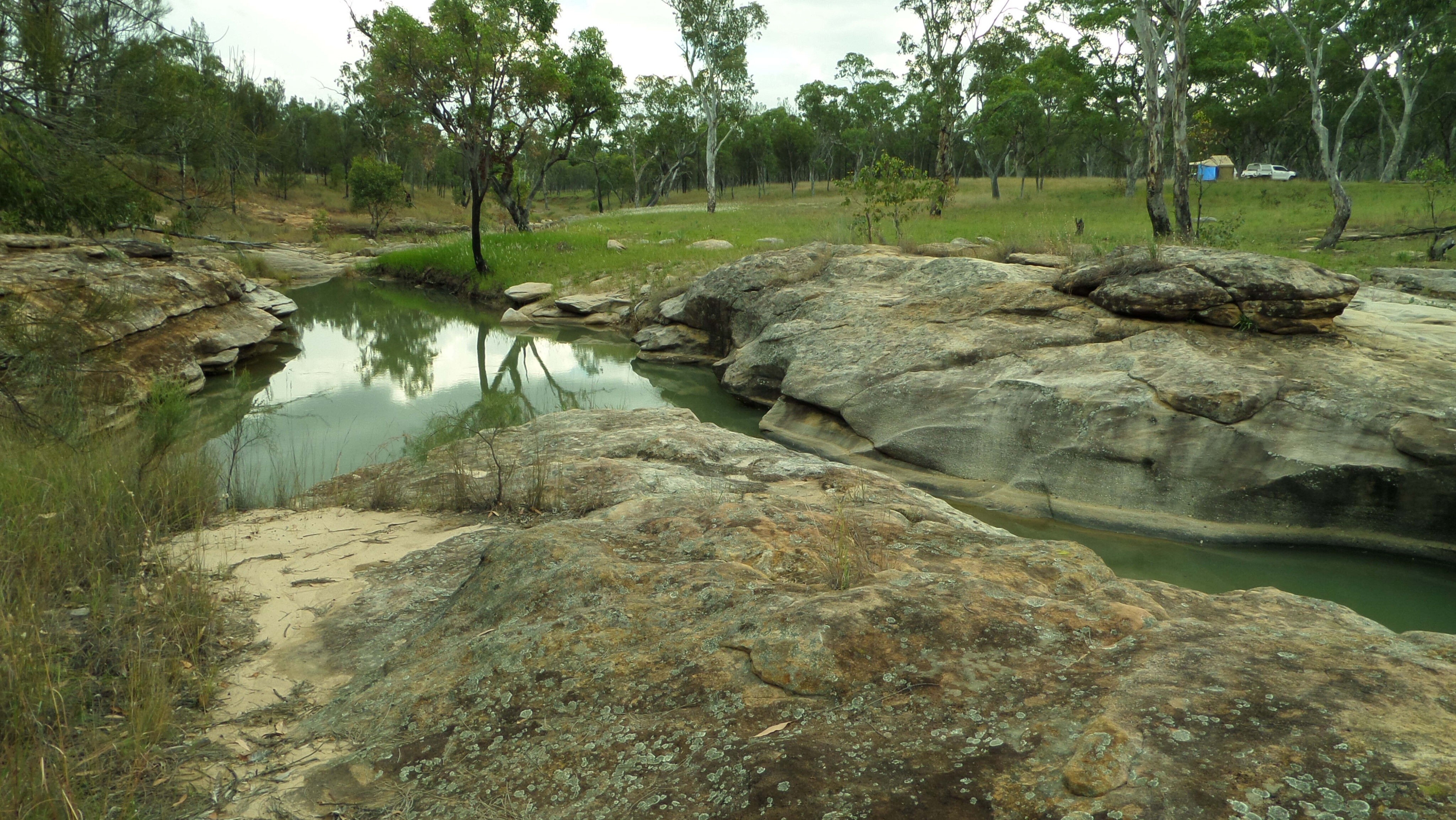
The Incineration Site is marked with a commemorative plaque on a stone. The site can be reached by continuing towards the park’s northern boundary, where a side road is designated as 4x4 only.
This road passess the peak known as Kenniffs Lookout and descends to the creek. Black soil is encountered on the descent which can be treacherous after rain. If doubtful, the walk is not long. This is the creek where the packhorse was found, and the murder site is upstream but is not marked.
It is now only a short distance to the slab of rock in the creek known as the Incineration Site. This is a very beautiful and solemn place. A gate here is the limit of exploration.

Mitchell: Round up the Kenniffs, 16 June 1902
About 7km southward from Mitchell along the road to St George, at a place now known as Arrest Creek, the brothers were surprised in their camp. There was no escape for Pat, and he was arrested at gunpoint, but James escaped into the scrub and surrendered later.
The site today forms an interesting roadside rest area. The Police Memorial here is dedicated to all the police officers in Australia who were killed by bushrangers. This is likely the only such monument in the country.
The striking rusty-red sculpture here marks the arrest of Pat Kenniff. In the artwork we see Pat pinned to the ground by two troopers while a native tracker watches behind for James. The Kenniff Court House in Mitchell was restored and officially re-opened in 1996. The brothers faced their committal hearing here to stand trial in Brisbane in 1902. Interesting Kenniff displays feature within.

Brisbane: A verdict is reached, 8 November 1902
To continue in the tracks of the Kenniff brothers, we must leave the serenity of outback Queensland and venture into the wilds of the big city.
The Kenniff brothers were brought by train to Brisbane and lodged in Boggo Road Gaol, prior to their trial. As there were no witnesses to the murders and no bodies as such, the evidence would be all circumstantial.
The only witness at the scene was the tracker Sam Johnson and he did not see the shooting. The defence tried to rattle the Aboriginal tracker, but he stood his ground well and his solid testimony helped to convict the Kenniffs. This was a rare occasion where Aboriginal testimony helped send a white man to the gallows. Eventually both brothers were convicted of wilful murder.

It was decided to commute James’ death sentence to life in prison.
The judge took the view that after tracker Johnson had ridden back along the track to get the packhorse after witnessing Doyle and Dahlke securing James, Pat had returned and in an exchange of gunfire, had killed Constable George Doyle and the unarmed Albert Dahlke and rescued his brother James.
It was thought that the two bodies were later placed on a rock slab near the creek, cut-up and burnt and the smashed ashes placed in the pack-bags on Doyle’s horse ready for isolated disposal. The Kenniffs somehow lost the horse in the scrub, and it was found, with its grisly contents of evidence, by Constable Millard.
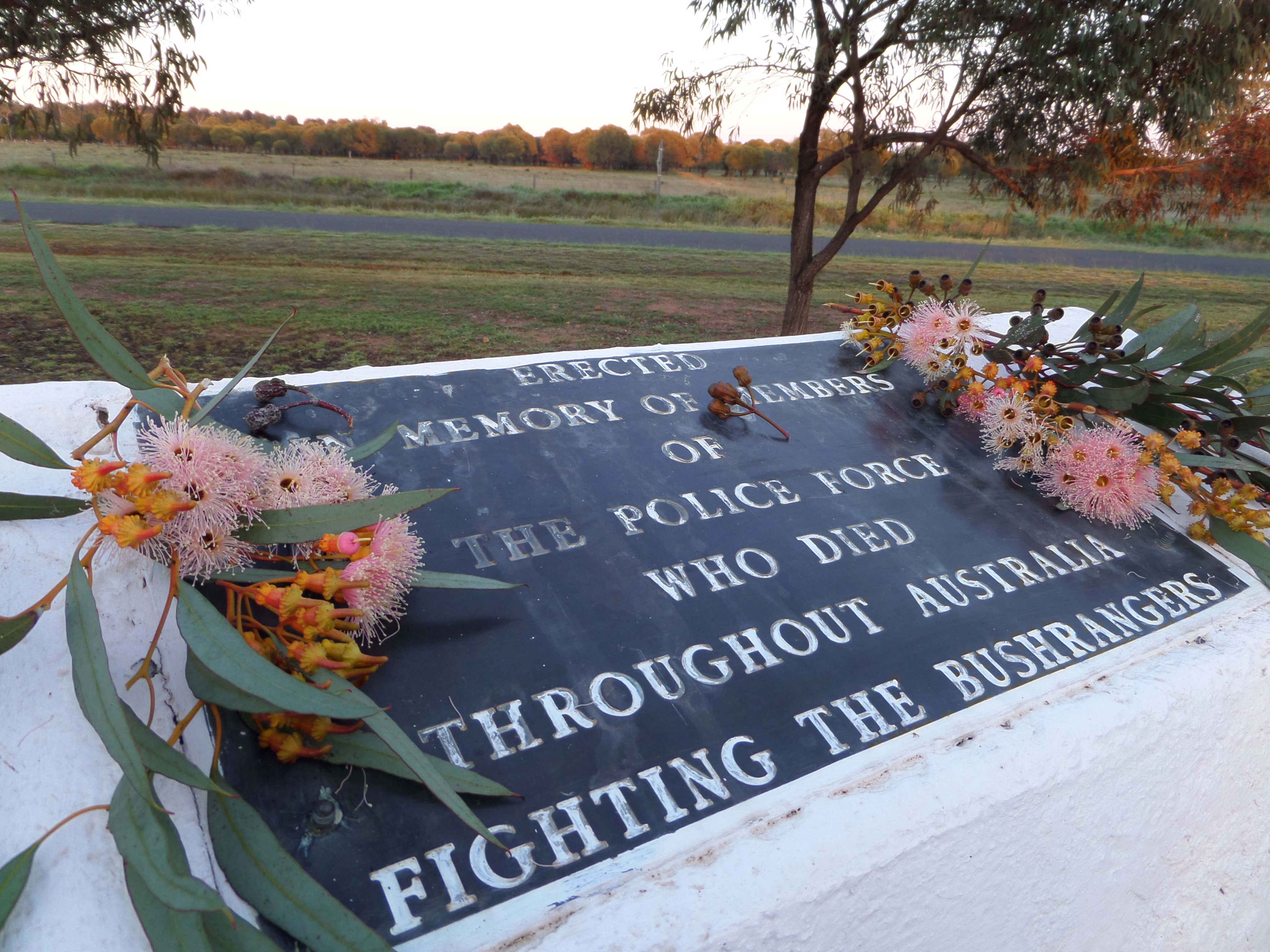
Pat went to the gallows at Boggo Road Gaol on 12 January 1903. He and James proclaimed their innocence to the end. In 1922, Queensland was the first place in the British Empire to abolish capital punishment.
Boggo Road Gaol is open for tours in the No. 2 Division. The Kenniffs were held in the older No. 1 Division which was also the location of the gallows. This Division no longer exists but it looked very similar to the existing building.
The old gallows beam was removed and displayed in the 1829 Commissariat Store Museum at Queen’s Wharf. It may soon return to Boggo Road. Pat’s grave can be found in the shady gully behind the green work shed in South Brisbane Cemetery, not far from the gaol. He is the only executed prisoner to have a marked grave. In 2003, family members also installed a centennial plaque.

Final resting places: At peace in a new century
The final resting places of other participants in this story are spread wide across rural Queensland. All graves are clearly marked.
The scant mixed remains of Constable George Doyle and Albert Dahlke were buried in a private cemetery at Tamrookum south of Beaudesert on the property of Dahlke’s employer, the Collins family. The beautiful hillside cemetery has public access.
James Kenniff served his time on Saint Helena Island and in Boggo Road Gaol in Brisbane. He was released in November 1914. He died in 1940 and is buried in the Charters Towers Cemetery near the front fence. Tracker Sam Johnson died in 1919 and is buried in Longreach Cemetery near the back fence. Journalist and TV presenter Mike Munro wrote a book on the Kenniff brothers. He is a descendant, and his real name is Kenniff.
Resources
Mount Moffatt Section, Carnarvon National Park via Mitchell Phone: (07) 4626 3581 Website: parks.des.qld.gov.au/parks/carnarvon-mount-moffatt [↗]
Roma Visitor Information CentrePhone: (07) 4624 0204Website: https://www.maranoa.qld.gov.au/big-rig [↗]
Injune Visitor Information Centre Phone: (07) 4626 0503 Website: visitinjune.com.au/visitors-centre
Gregory Powell is a retired schoolteacher. He has written 13 books on bushwalking and bushrangers. His latest two are, Bushranger Tracks (2016) and Bushranger Tracks II-Beyond the Legends (2019).

COMMENTS